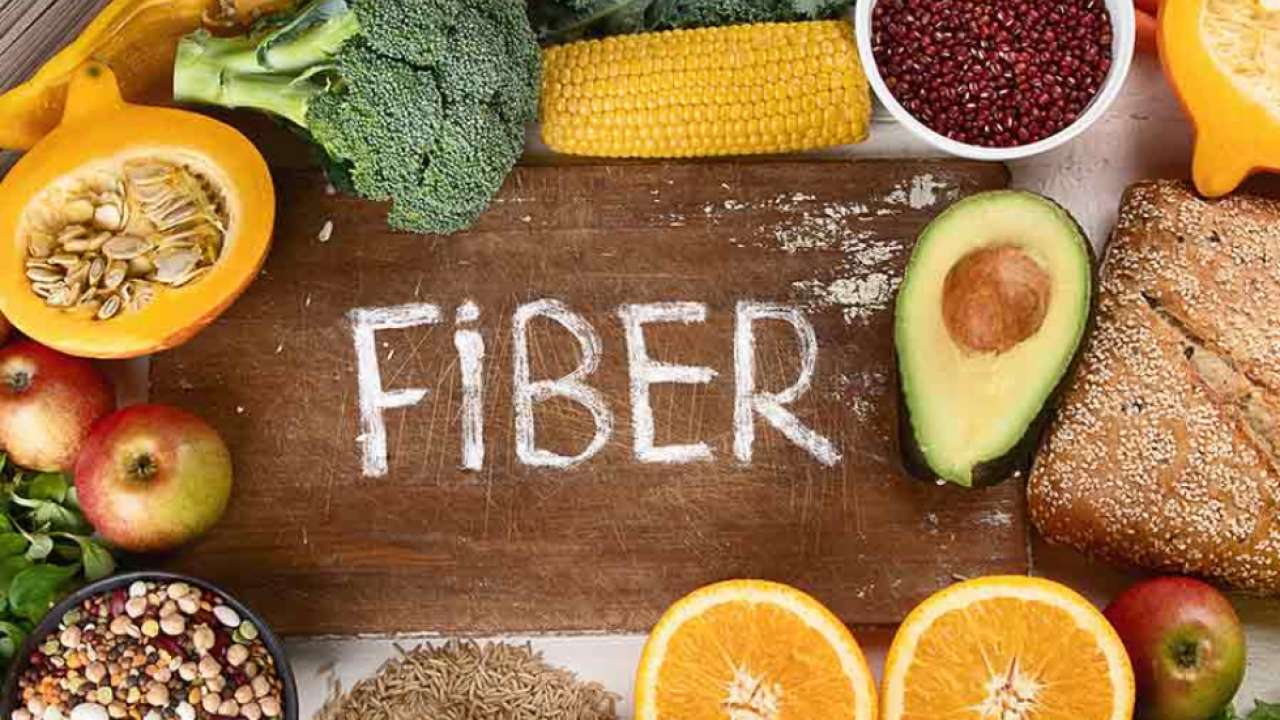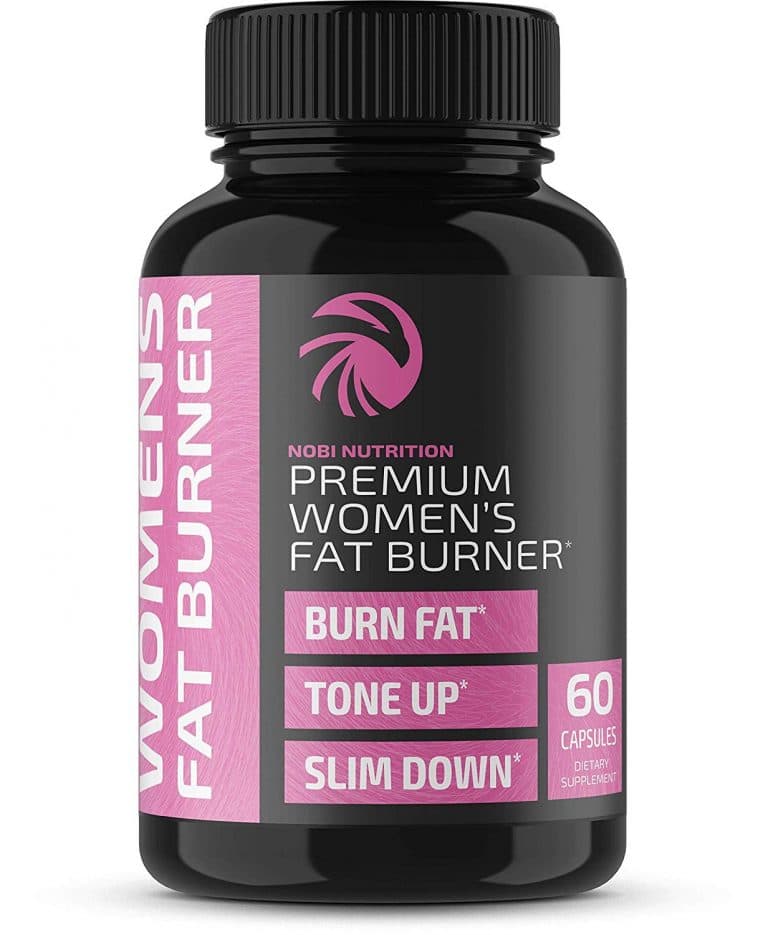
Fiber And Fat Loss – What to Eat and How Much
Fiber has long been known as essential for maintaining a healthy diet, but its benefits have recently come into the spotlight when it comes to fat loss. Eating adequate amounts of fiber is especially important in helping you achieve your weight goals, despite what some may think. The Island Now has put together an informative guide on why fiber is so important for fat loss and gives suggestions on what foods to eat and how much to consume. By incorporating more fiber-rich foods into your diet, you can increase feelings of fullness and reduce overall calorie intake, leading to weight loss over time. So, if you’re looking to lose weight and keep it off, be sure to check out The Island Now’s guide to fiber and fat loss.
Why is fibre important?
Fibre is an indigestible carbohydrate that helps keep you fuller for longer and aids digestion. It is found in plant foods such as fruits, vegetables, legumes, nuts, seeds and whole grains. If people don’t get enough fibre from their diet, they are likely to feel hungrier sooner, which can lead them to overeat or make unhealthy food choices. Without enough fibre, our bodies can’t properly absorb the nutrients we need for optimal health. In addition, research shows that consuming more dietary fibre is associated with lower body weight over time because of its ability to regulate hunger hormones better than other macronutrients such as carbohydrates or fat.

Types of fibre
There are two main types of fibre: soluble and insoluble. Soluble fibre dissolves in water to form a gel-like consistency in the intestines, which helps slow down digestion, while insoluble fibre remains intact throughout digestion, resulting in bulkier stools that help move waste through the digestive tract more quickly. Both types of fibre have numerous health benefits, including aiding in weight management, reducing cholesterol levels, helping to control blood sugar levels, controlling appetite by keeping you fuller for longer, increasing nutrient absorption, improving gut health, preventing constipation, reducing the risk of cardiovascular disease and even protecting against cancer.
Benefits for fat loss
Fibre helps with fat loss because it helps to create a feeling of fullness, while also slowing down digestion, allowing us to feel fuller for longer between meals, helping to reduce overall calorie intake. In addition, high-fibre diets tend to contain fewer calories per gram than low-fibre diets, meaning that you will consume fewer calories overall by eating a high-fibre diet rather than one with little or no fibre. In addition, studies show that people who consumed more fibre had significantly lower waist circumferences than those who consumed less fibre, suggesting that increased consumption could lead to a reduction in abdominal obesity, leading to improved appearance and overall health.
What foods should I eat?
When trying to increase your daily fibre intake, there are three categories of food groups that should be included: fruits & vegetables; whole grains; legumes & beans. Fruit and vegetables are usually low-calorie snacks packed with vitamins and minerals – aim for 5 servings a day (1 serving = about ½ cup cooked or 1 cup raw). Whole grains such as brown rice & quinoa are great sources of complex carbohydrates & provide protein along with added B vitamins & iron – aim for at least 3 servings a day (1 serving = 1/2 cup cooked). Pulses & beans (such as black beans & lentils) are excellent sources of both soluble & insoluble fibre – aim for 2-3 servings a day (1 serving = ½ cup cooked). These foods also contain beneficial plant compounds called phytochemicals, which have antioxidant properties that have been linked to protection against chronic diseases such as heart disease and cancer.
How much do I need?
The Recommended Daily Intake (RDI) for adults aged 19 years and over is 25 grams/day for women and 38 grams/day for men based on a 2000 calorie diet, however this figure may vary depending on individual needs such as age, activity level etc, so always consult your doctor before making any major changes to your diet. To calculate how much total food would work best for you, simply divide your current daily calorie intake by three, then subtract this number from the RDI listed above – this will give you an approximate amount to aim for each day. You can also use food tracking apps or websites such as My Fitness Pal, where you enter all your meals throughout the day and then receive a breakdown report showing exactly how many grams of total food were consumed at each meal or snack, plus additional nutritional information such as sodium levels etc, which can be helpful in identifying areas where adjustments may need to be made.

Conclusion
In conclusion, adding more soluble and insoluble fibre to your diet is key when it comes to reaching fat loss goals given its ability to aid digestion while also regulating our hunger hormones keeping us fuller longer thus helping to control caloric intake resulting in lower body weight over time both aesthetically speaking plus health wise too thanks to presence of beneficial plant compounds mentioned earlier protecting against various chronic diseases like heart disease, cancer etc. The types of foods include fruits vegetables whole grains legumes beans others plus portion sizes determine by taking current daily calorie consumption divided by three subtracting RDI mentioned earlier consult doctor any major changes advice using tracking apps websites check breakdowns reports help pinpoint areas needing adjustments positive results achieved when done correctly following g



